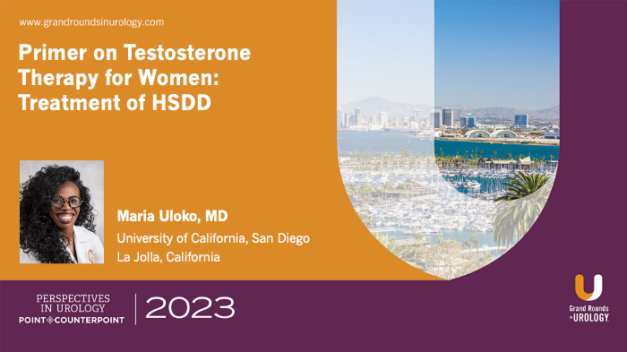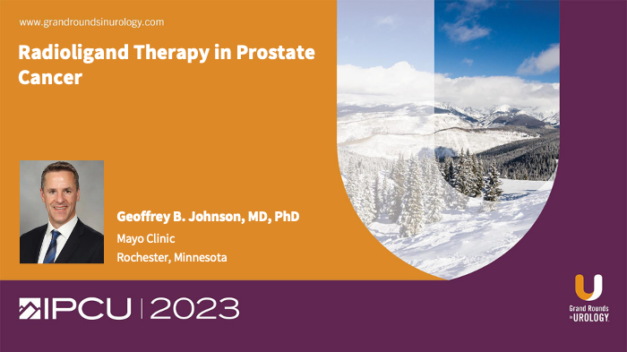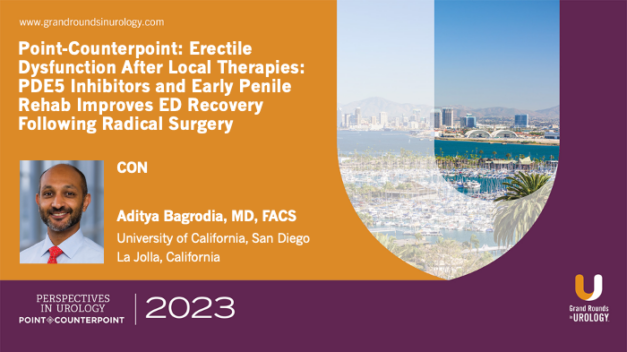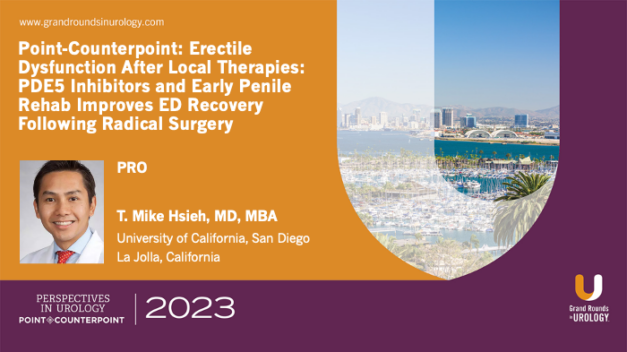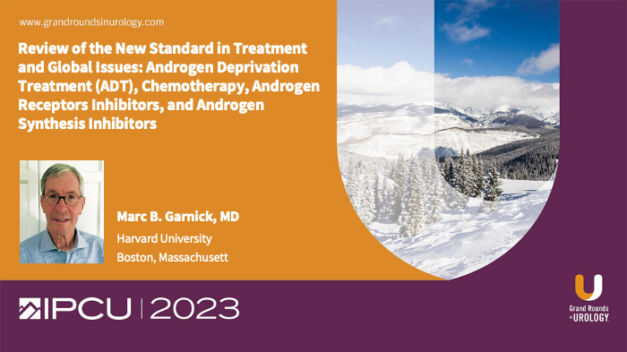Primer on Testosterone Therapy for Women: Treatment of HSDD
Maria Uloko, MD, discusses testosterone therapy for women with hypoactive sexual desire disorder (HSDD). She explains that people with HSDD have higher rates of impaired body image, low self-confidence and self-worth, relationship stress, depression and anxiety, and increased healthcare costs.
Dr. Uloko shares the Basson Model of Sexual Motivation and emphasizes there is no “quick fix” for low libido. Dr. Uloko advocates a biopsychosocial approach that incorporates the biological, psychological, and social aspects that can affect HSDD. She explains the importance of patient education and therapy as well as medication treatments like flibanserin and testosterone.
Dr. Uloko emphasizes that testosterone is not FDA-approved for women, and it remains challenging to dose women appropriately. She cites studies that conclude testosterone, either alone or in concert with estrogen therapy, can be effective and safe for the treatment of HSDD. Dr. Uloko states that symptomatic improvement takes approximately 12 weeks, and treatment should be discontinued if no improvement occurs within six months.
Dr. Uloko then concludes that HSDD is a common but multifactorial condition for women with significant detriment to quality of life. She re-emphasizes the importance of a biopsychosocial approach to diagnosis and treatment that may include treatment with testosterone therapy.
Read More
